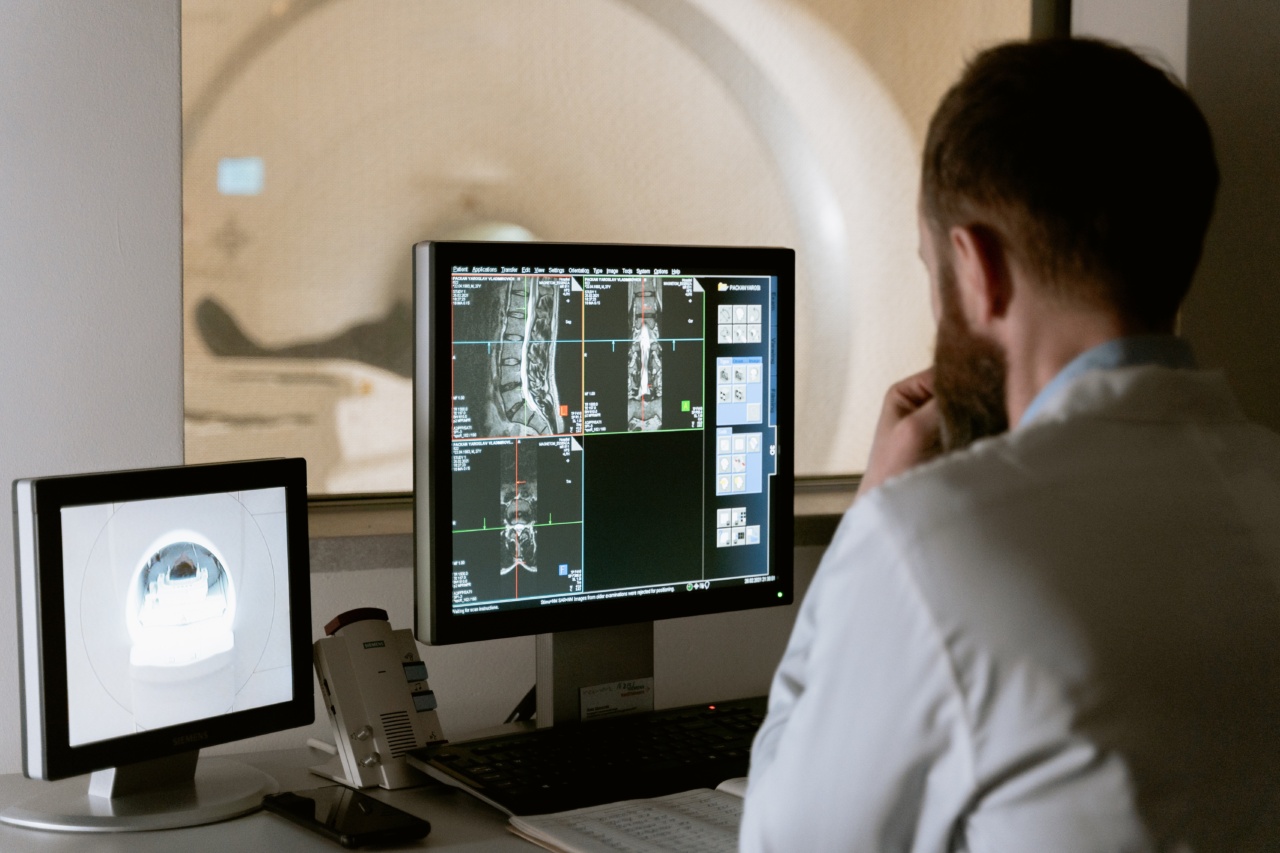Bone health plays a crucial role in overall well-being and quality of life throughout all stages of life, especially during adolescence and beyond.
During this period, bones undergo significant changes and growth, making it essential to prioritize and maintain optimal bone health. In this article, we will delve into the importance of bone health in adolescence and explore strategies to promote strong and healthy bones into adulthood.
Understanding Bone Development and Growth
Adolescence is a critical time for bone development as it marks the peak period for bone growth and mineralization.
During this phase, the body experiences rapid growth spurts and changes in hormonal levels, making it a window of opportunity for building optimal bone mass.
Bones are living tissues made up of collagen, a protein that provides a framework for bone formation, and minerals such as calcium and phosphorus, which contribute to bone strength.
The process of bone formation involves a delicate balance between bone resorption (breakdown of old bone tissue) and bone formation, ultimately leading to the development of strong and dense bones.
The Impact of Nutrition on Bone Health
Maintaining a well-balanced and nutritious diet is vital for optimal bone health during adolescence and beyond. Calcium and vitamin D are two key nutrients necessary for proper bone development and growth.
1. Calcium
Calcium is a fundamental mineral required for building and maintaining strong bones. Adolescents need higher amounts of calcium than any other age group, as they are actively growing and their skeletal system is rapidly developing.
Lack of calcium intake during this period can result in insufficient bone mineralization, leading to an increased risk of fractures and conditions such as osteoporosis later in life.
Good sources of calcium include dairy products like milk, yogurt, and cheese, as well as calcium-fortified foods such as certain types of tofu and orange juice.
Leafy green vegetables like spinach and kale, almonds, and sardines are also rich sources of calcium.
2. Vitamin D
Vitamin D plays a crucial role in calcium absorption, making it essential for healthy bone development. Without sufficient vitamin D, the body cannot effectively absorb and utilize the calcium consumed, hindering proper bone growth.
Additionally, vitamin D deficiency has been linked to conditions such as rickets, a skeletal disorder characterized by weak and deformed bones.
The primary source of vitamin D is sunlight. Spending time outdoors, especially during morning and late afternoon hours when the sun’s rays are less intense, allows the skin to naturally synthesize vitamin D.
However, certain foods such as fatty fish, fortified dairy products, and egg yolks also provide dietary sources of vitamin D.
The Role of Physical Activity
Regular physical activity is crucial for building strong bones and promoting overall bone health.
Weight-bearing exercises, such as walking, running, and dancing, place stress on the bones, stimulating bone-forming cells to enhance bone density and strength.
Engaging in weightlifting or resistance training exercises also contributes to bone health by promoting the formation of new bone tissue.
Exercise not only helps build bone mass during adolescence but also helps maintain bone density in adulthood, reducing the risk of osteoporosis and bone fractures later in life.
Avoiding Unhealthy Habits
Adolescence is a time when unhealthy habits may begin, taking a toll on bone health. It’s important to avoid or minimize certain factors that can negatively impact bone health:.
1. Smoking and Alcohol Consumption
Smoking has detrimental effects on bone health as it decreases calcium absorption and reduces estrogen levels in both males and females, leading to decreased bone density.
Similarly, excessive alcohol consumption hinders the body’s ability to absorb calcium and may interfere with bone development.
2. Poor Diet and Skipping Meals
Consuming a diet high in processed foods, sugary beverages, and low in essential nutrients can compromise bone health. Skipping meals can also deprive the body of necessary nutrients required for bone formation and growth.
It’s important to prioritize a balanced diet that includes fruits, vegetables, whole grains, lean proteins, and healthy fats.
Building Good Bone Health Habits for Life
While adolescence is a crucial time for bone health, it is important to maintain and prioritize bone health throughout all stages of life. Here are some key strategies to adopt for optimal bone health:.
1. Regular Physical Activity
Engage in weight-bearing exercises and strength training regularly to maintain bone density and strength.
Aim for at least 150 minutes of moderate-intensity aerobic activity or 75 minutes of vigorous-intensity aerobic activity per week, combined with muscle-strengthening activities at least twice a week.
2. Balanced Diet
Consume a well-balanced diet rich in calcium, vitamin D, and other essential nutrients. Include a variety of fruits, vegetables, whole grains, lean proteins, and healthy fats to support bone health.
3. Avoid Smoking and Excessive Alcohol
Avoid smoking and limit alcohol consumption to maintain optimal bone health.
Quitting smoking has been shown to improve bone density, and drinking alcohol in moderation (up to one drink per day for women and two drinks per day for men) is generally considered safe for bone health.
4. Regular Bone Density Testing
As individuals age, it is essential to monitor and assess bone density regularly. Bone density testing, such as dual-energy X-ray absorptiometry (DEXA), can identify potential concerns and allow for early intervention if necessary.
Conclusion
Bone health is a vital aspect of overall well-being, and adolescence is a critical period for optimal bone development and growth.
Creating and maintaining healthy habits, including a well-balanced diet, regular physical activity, and avoiding detrimental habits, can contribute to strong and healthy bones throughout life. By prioritizing bone health during adolescence and beyond, individuals can reduce the risk of bone-related conditions and enjoy a higher quality of life.






























